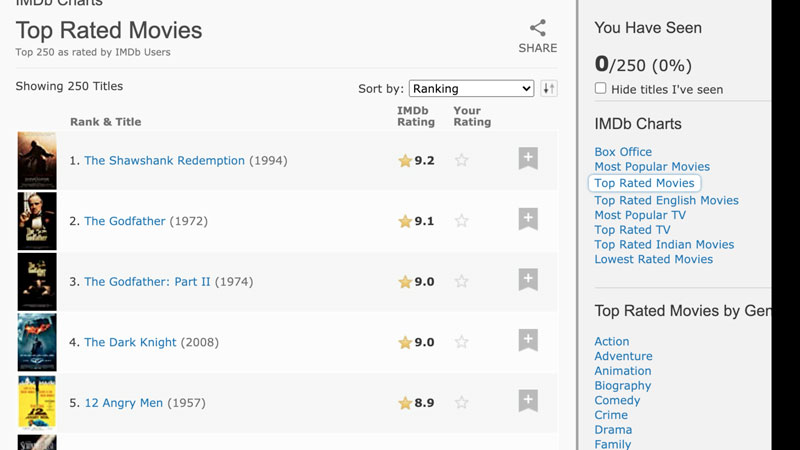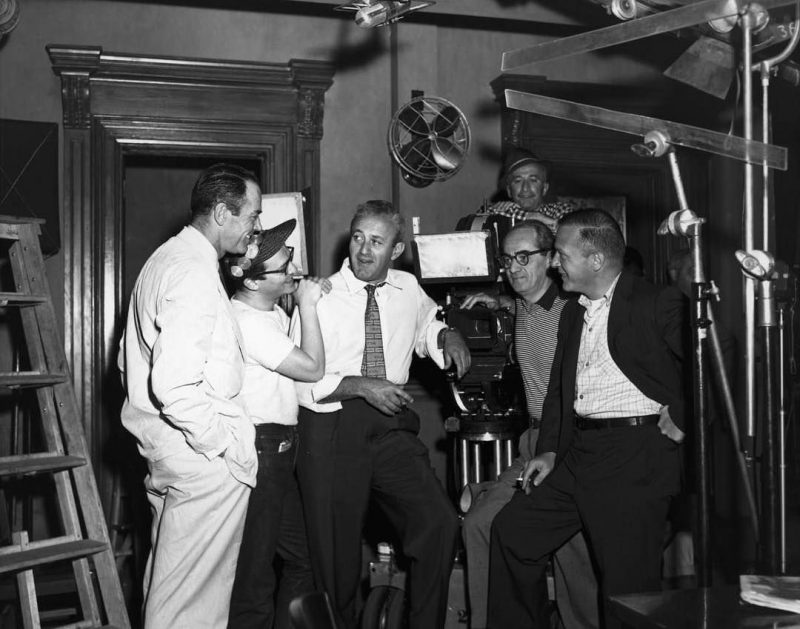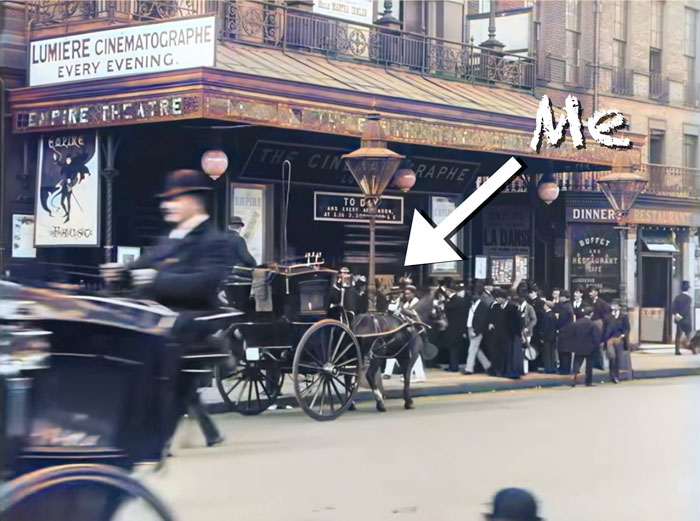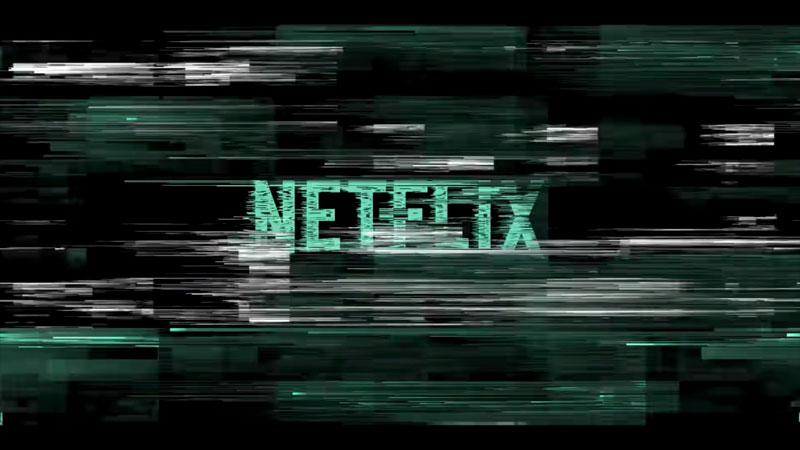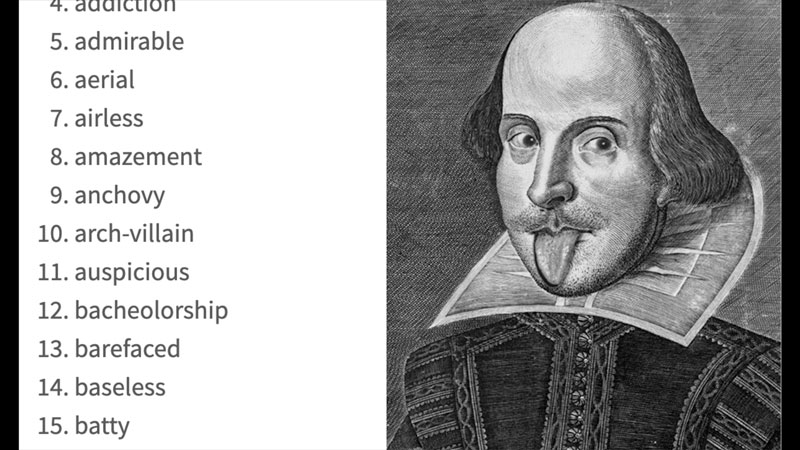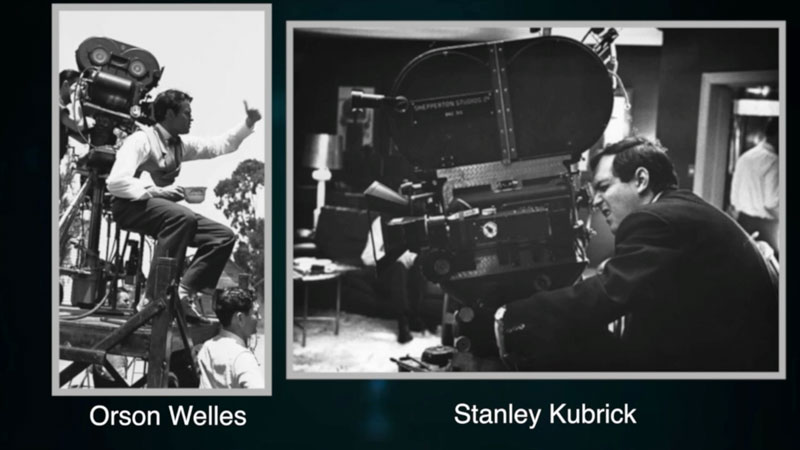We Need to Talk About This Word… CINEMATIC
Back in 2018, I wrote a blog post titled “What Does Cinematic Even Mean Now”?
I’d started to watch videos on YouTube which offered to help you make your videos more… cinematic. I began to realise this word cinematic was being used more and more. Some YouTubers even appeared to be taking part in a challenge to include the word cinematic in their videos as many times as possible.
You know when you say a word over and over and it doesn’t mean anything anymore? That was the feeling I had for this word cinematic. Does it have a meaning any more? Or has the meaning just changed?
I mean, if we want to be filmmakers, shouldn’t we know what “cinematic” truly means?
Let’s find out…
What YouTube thinks is Cinematic
After watching a number of “how to” videos with the word cinematic in the title, this is what YouTube says you need:
- Slow motion
- Shallow depth of field (OKA Bokeh)
- Widescreen (black bars) and/or anamorphic
- Log profile and colour grading
- Smooth, stabilized camera movement
- Lens flares
My first impression is to say that most of these are things you would maybe expect to see in something like a TV commercial. While these are all legitimate filmmaking techniques, what they really do is add polish to your video. Is that what cinematic means?
I mean, why don’t YouTubers simply use the word “polished” instead of “cinematic”?
But let’s look at the word cinematic and where it comes from…
The Birth of Cinema(tic)
The word cinematic comes from the word cinema, which is both a place where you watch movies and the medium of movies itself. Thing is, when each one of us thinks of great movies, we all think of something different.
A lot of people might say the movie Avatar is the pinnacle of the cinematic experience. I wouldn’t necessarily disagree that it’s cinematic, even though it’s mostly made in a bunch of computers and should perhaps be classed as an animation.
But anyway, the cinematic experiences that stick most in my mind tend to be older movies, shot on film. That’s probably because I’m old. Anyway, cinematic seems to mean different things, depending how you look at it.
Let’s see what Wiktionary says
Of or relating to the cinema.
Resembling a professional motion picture.
Relating to cinema. OK. Again, that could mean so many things, right?
Resembling a professional motion picture. Hmm. How do we define professional? That it’s made money at the box office? That the people who made it got paid?
I’ll tell you what, let’s look at the top rated movies of all time on IMDb.
What IMDb thinks is Cinematic
We have The Shawshank Redemption at number 1. Then The Godfather part 1 and 2. So that’s 3 old classics taking the top 3 spots. By the way, did you know that The Godfather was shot on film stock which had less dynamic range than an iPhone 11?
Then we have The Dark Knight – a modern classic, perhaps. Then a bit of a surprise at number 5: 12 Angry Men, made in 1957.
So while the first 4 movies are probably what most people consider cinematic, I’m not sure many would immediately think of 12 Angry Men that way. So, the current 5th best cinematic experience ever (according to IMDB users) is a black and white film, shot with a mostly stationary camera and in a narrow 1.66:1 ratio.
No slow motion, no lens flares, no log profile and using a stock which must have had considerably less dynamic range than any smartphone camera on the market today.
Just as a by the way, did you know the director of 12 Angry Men, Sidney Lumet, decided to use wide angle lenses at the start, gradually switching to telephoto lenses during the film. This was to create a sense of growing claustrophobia, as the 12 jury members argued over the guilt of the defendant.
And there was no rule book telling Lumet to do that. It was a creative decision rooted in the story Lumet and the rest of the cast and crew wanted to tell.
Look, I’m not trying to prove a point or dismiss anyone’s idea of what defines something as cinematic. But I think we have a clue here that creative cinema is derived from storytelling.
The World Changes
When I was starting out as an aspiring filmmaker, there was a passionate debate about the difference between TV and cinema. TV was generally considered lower budget, smaller in scope visually and generally more about dialogue. At the time, TV was rarely shot on film and television didn’t have the quality to match 70mm film projected on a cinema screen.
Therefore, filmmakers considered themselves visual storytellers, while TV was more driven by the writers and the actors. As well, TV drama tended to be aimed at a local audience, which meant complexity of language was not an issue. Meanwhile, from the 1980s onwards, American studio movies had to more and more reach an international audience to make a profit.
And international audiences, who mostly don’t speak English as their first language, demand accessible, highly visual stories. And thus, the in-theatre cinema experience is increasingly a Disney experience. Because Disney – love them or hate them – are a studio built on simple, visual stories with minimal, straightforward dialogue.
And this has led to an ever decreasing space for more complex, independent cinema aimed at adults. So then, where do our 21st century auteurs go now?
The Age of Stream(ing)
In the late 18th century, the invention of the steam engine led to the industrial revolution, which changed society forever. 250 years later, the digital revolution has delivered us – among other things – video on demand.
40 years ago, there would have been no way for me to write this article and deliver it around the world, other than persuading publishers it was a good idea. Which was (and still is) like trying to win the lottery. But what does this mean for our cinematic experience?
With relatively low cost digital video cameras that are vastly superior to video cameras available in the past, and widescreen TVs providing more and more people with a cinema experience at home, TV is no longer just about the script, the dialogue and the actors.
TV shows now offer a visual experience just about equal to movies. These days, it’s almost impossible to tell the difference. Take away the buzz of sitting in a theatre with a bunch of strangers munching popcorn and there’s little between the TV drama experience and the cinematic experience. Indeed, they’ve pretty much merged.
This means the word “cinematic” is really no longer about the cinema experience. Although the theatrical experience is where it was born, cinema has grown up, left home and moved in with Netflix.
The word cinematic has changed it’s meaning. Well, what does it mean now?
Masters of the Algorithm
So here we are on WordPress talking about ways to make our videos more cinematic. But why do we use that word when we’re not really talking about cinema? Because, algorithms.
Or, more specifically, it’s down to the way social media platforms (essentially I’m talking about YouTube) drive audiences to a one video and ignore others. Obviously, we could make a whole channel about the workings of YouTube and how to get rich as a YouTuber. But, to put this simply, YouTubers found that putting the word cinematic in the title of their video got them more views.
But look, words change meaning over time. Languages evolve and adapt as people and societies change. Shakespeare himself invented over 1700 new English words.
In my opinion, the word cinematic is – on YouTube at least – a quick and easy way to communicate an idea. And that idea is: simple techniques that will make your video look more polished and professional. Few YouTubers are now using the word cinematic to suggest they’re going to teach you how to shoot The Godfather or 12 Angry Men.
More’s the pity, you might say. Personally, I don’t have a problem with this new meaning.
The Incredible Shrinking Movie Camera
When The Godfather and 12 Angry Men were made, filmmaking was a pretty exclusive activity. It was just too expensive for most people. But now, anyone with a smartphone can shoot a movie.
We have to pinch ourselves and remember that it’s not even 3 years since an Oscar-winning director shot a feature film using an iPhone 7 – a device you can pick up 2nd hand for about $150.
In 1957, that would’ve been equivalent to about $15 and I doubt you could have bought a Mitchell BNC 35mm movie camera for that. The Mitchell BNC was frequently used in Hollywood from the 1930s onwards. They used one shoot Citizen Kane and it weighs about 15 times as much as an Arri Alexa.
And, I dunno, probably about 1000 times as much as an iPhone 7. And that shows you how much cinema and the cinematic experience has changed since 1957. But we can still learn from what cinema used to be as we move towards what the cinematic experience will become.
The Evolution of Ideas
The digital, connected world we now live in is changing who shoots movies, how we shoot them and where we experience them. Not only that, the words we use to talk to each other about movies are inevitably going to change too.
If we ask ourselves, “does cinematic mean a 90 minute movie viewed in a theatre or can it mean 10 x 1 hour episodes watched at home?” We have to admit it can also mean a 5 minute video about a walk in the park with your dog uploaded to YouTube.
Sure, it didn’t used to mean that. But that’s because that option wasn’t available 100 years or 20 years ago. But now it is and things are crossing over and branching out in new ways. Which is how ideas always work.
If words and good ideas remained fixed in place for eternity, then you could say this video was awful and I’d take it as a compliment. Because the word awful used to mean literally full of awe for something.
It used to be that the only place you could watch a moving picture was in a specialist theatre called a cinema. Now you can watch them on the train on the way to work, at the top of a mountain or, y’know, sitting on the toilet. Is that the cinematic experience you’re looking for?
The more ways there are to create and experience moving images, the more diverse the definition of the word cinematic will become. Cinematic now means different things to different people. But then… it always has.
Eager to learn more?
Join our weekly newsletter featuring inspiring stories, no-budget filmmaking tips and comprehensive equipment reviews to help you turn your film projects into reality!
Simon Horrocks
Simon Horrocks is a screenwriter & filmmaker. His debut feature THIRD CONTACT was shot on a consumer camcorder and premiered at the BFI IMAX in 2013. His shot-on-smartphones sci-fi series SILENT EYE featured on Amazon Prime. He now runs a popular Patreon page which offers online courses for beginners, customised tips and more: www.patreon.com/SilentEye


